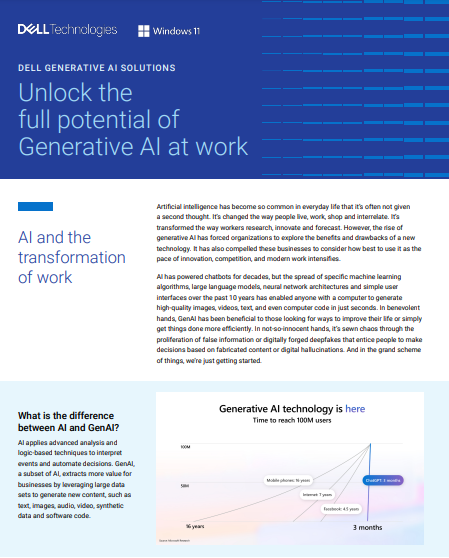

Artificial intelligence has become so common in everyday life that it's often not given
a second thought. It's changed the way people live, work, shop and interrelate. It's
transformed the way workers research, innovate and forecast. However, the rise of
generative AI has forced organizations to explore the benefits and drawbacks of a new
technology. It has also compelled these businesses to consider how best to use it as the
pace of innovation, competition, and modern work intensifies.
AI has powered chatbots for decades, but the spread of specific machine learning
algorithms, large language models, neural network architectures and simple user
interfaces over the past 10 years has enabled anyone with a computer to generate
high-quality images, videos, text, and even computer code in just seconds. In benevolent
hands, GenAI has been beneficial to those looking for ways to improve their life or simply
get things done more efficiently. In not-so-innocent hands, it's sewn chaos through the
proliferation of false information or digitally forged deepfakes that entice people to make
decisions based on fabricated content or digital hallucinations. And in the grand scheme
of things, we're just getting started.


